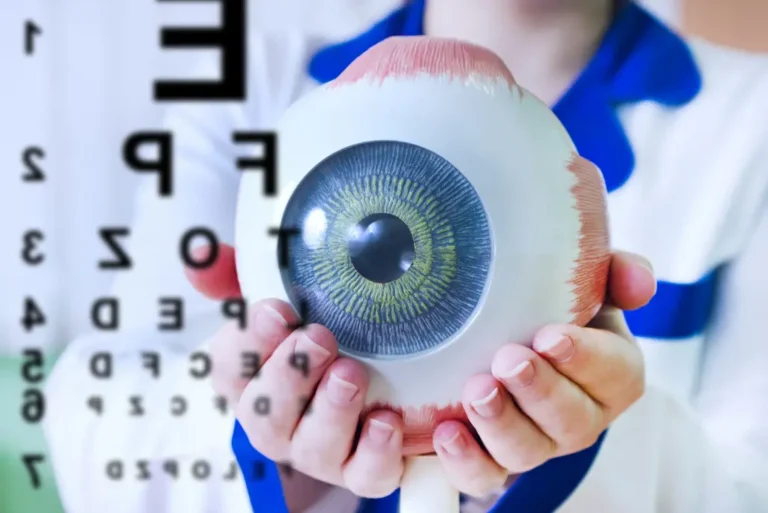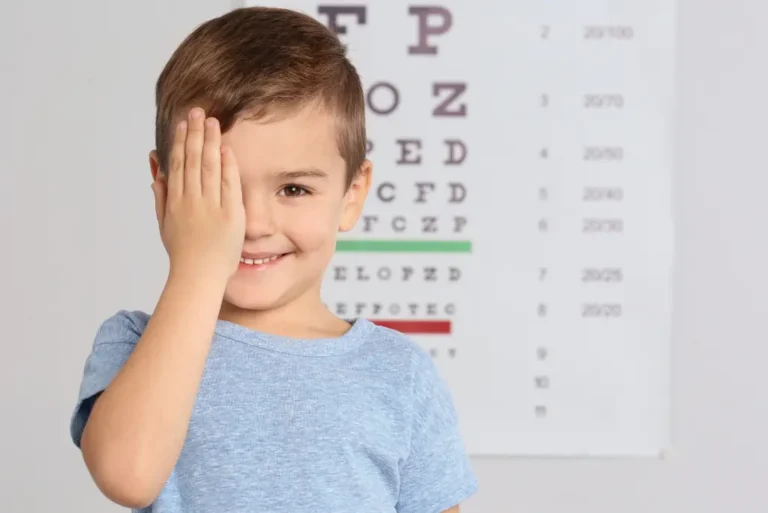When parents hear the term manage myopia, they often think of glasses or contact lenses. But in a dedicated myopia control clinic, optometrists rely on a set of advanced, lesser-known tools to protect children’s eyesight.
Here’s a closer look at the “secret weapons” that make modern children’s vision correction far more effective than it used to be.
1. Axial Length Measurement
Think of this as the “growth chart” for your child’s eyes. Using non-invasive optical biometry, optometrists measure the exact length of the eyeball to track changes over time. Even a tiny increase can indicate myopia progression before parents notice any symptoms.
2. Corneal Topography
This detailed 3D map of the cornea allows optometrists to:
- Detect early changes in eye shape
- Fit Ortho-K lenses with precision
- Monitor subtle improvements from treatment
3. Wavefront Aberrometry
While standard eye exams measure clarity of vision, wavefront aberrometry reveals tiny optical imperfections in the eye. This data is critical for:
- Customising lens designs
- Identifying issues that could limit treatment success
4. Retinal Imaging
High-resolution retinal cameras help optometrists:
- Spot early signs of damage linked to high myopia
- Keep a visual record for long-term comparison
- Reassure parents with tangible, trackable images
5. Lifestyle and Habit Analysis
Technology isn’t the only “weapon.” Skilled optometrists:
- Analyse screen time habits
- Recommend posture and lighting changes
- Build outdoor activity plans tailored to each child
“Technology guides our decisions, but daily habits are where real progress is won.”
Why These Tools Matter
Without these precise measurements, managing myopia becomes guesswork. With them, optometrists can:
- Intervene earlier
- Track results with confidence
- Adjust treatments to keep pace with a child’s growth
FAQ
Q: Are these tests painful?
A: No — all are quick, painless, and child-friendly.
Q: How often should these tests be repeated?
A: Usually every 3–6 months during active myopia management.
Q: Can these tools cure myopia?
A: No — but they make it possible to slow or stop progression effectively.
Want to see these tools in action? Book a myopia control assessment with an optometrist and take the first step in protecting your child’s sight.




